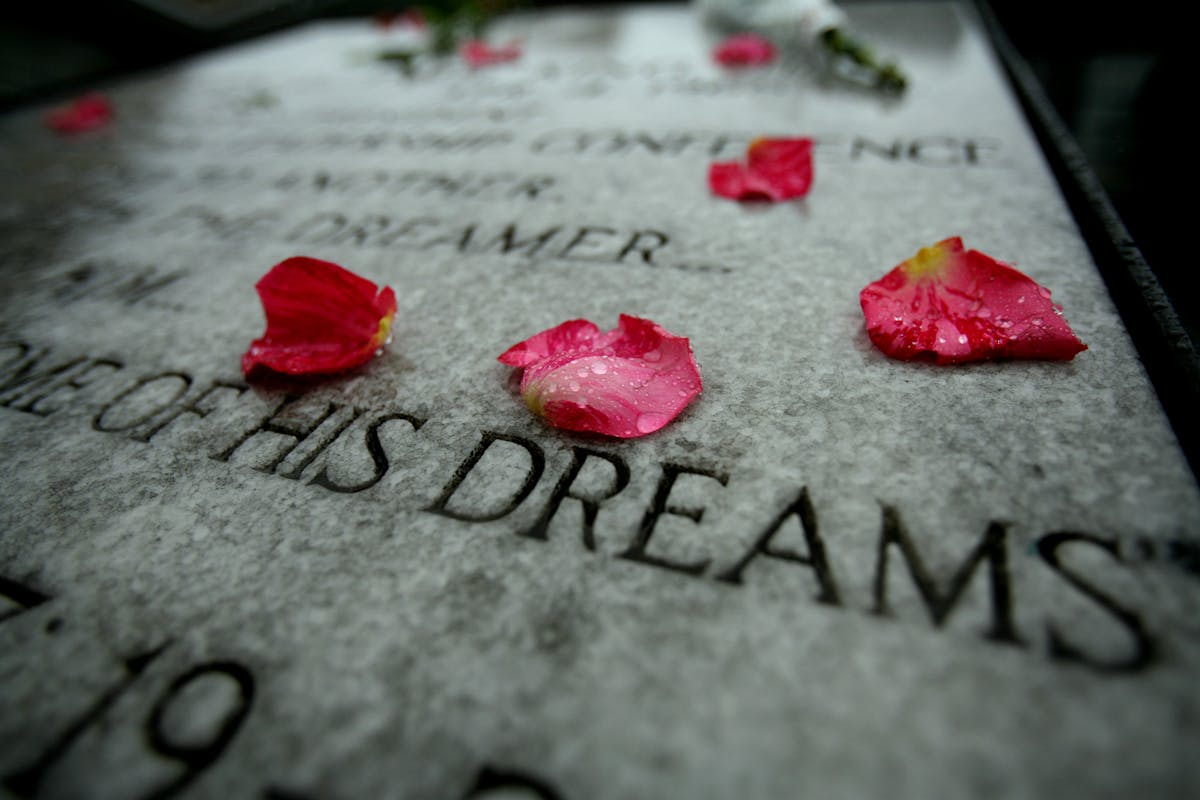This year, we celebrate Martin Luther King Jr. Day almost precisely 50 years after the civil-rights leader's visit to the Twin Cities on Jan. 28, 1963. On that historic occasion, King urged the Kennedy administration to take strong action against segregation, and his remarks were greeted with an enthusiastic ovation by students and others at the University of Minnesota's Northrop Auditorium.
On this day, it is fitting for Minnesotans to consider how far our nation and state have come in pursuing the vision of equality, tolerance and freedom from discrimination that King championed in his "I Have a Dream" speech in our nation's capital, some seven months after his Twin Cities visit.
Minnesotans played important roles in promoting that vision, locally and nationally. Leaders of Minnesota's African-American community, such as Nellie Stone Johnson, Harry Davis, Denzil Carty and Josie Johnson, were at the forefront of civil-rights struggles. They promoted school reform, organized workers, developed municipal and state human-rights institutions, and engaged in civil-rights activism and politics on the national stage.
Hubert Humphrey, who noted that "my contacts with [Dr. King] were few, but I felt strongly that I shared his dream," demonstrated his fidelity to social justice and human rights through his stewardship of the 1964 Civil Rights Act. And Walter Mondale was the driving force behind fair-housing legislation, finally enacted in the days following the assassination of Dr. King.
In fact, it is this historical commitment to fairness and social justice that makes the state's racial disparities such a source of concern for many Minnesotans.
The statistics by now are familiar. While graduation rates for whites in Minnesota are 84 percent, African-American graduation rates are only 49 percent. ACT test scores for whites in Minnesota average 23.4 out of a maximum 36, but African-American scores in Minnesota average 17.9.
We see similar disparities in other measures of social and economic progress, such as home ownership, incarceration and income. In many instances, the gaps in Minnesota are greater than in the country as a whole.
For example, the black-white unemployment ratio in the United States in recent years has hovered around 2.2 to 1, but the ratio in Minnesota has been nearly double that, reaching 3.9 to 1 in 2007.
To what can we attribute ongoing racial disparities, and how might King's vision inform our ongoing efforts to promote economic and social well-being for all of Minnesota's citizens?
To be sure, disparities in test scores and graduation, unemployment and other areas result from poverty and lack of access to health, education and related services, all of which are historical legacies of discrimination. Moreover, in Minnesota and throughout the nation, we must remain on guard against ongoing bias, whether overt or subconscious.
For example, a recent study on welfare reform, coauthored by our Humphrey School colleague Prof. Joe Soss and titled "Disciplining the Poor," provided convincing evidence that states with higher percentages of African-American recipients had more exacting work requirements, time limitations and sanctions for welfare rule violations. Whatever one's view about the merits of welfare reform in general, the imposition of tougher measures against African-Americans is troubling.
We expect that King would want us to focus on several strategies in addressing contemporary civil-rights challenges. First, he believed that government had a critical role in promoting economic well-being and economic justice. He would be deeply concerned about severe underinvestment in key government-supported interventions that have proved successful in providing pathways out of poverty, such as the kind of early childhood education programs for at-risk youths championed by another Humphrey School colleague, senior fellow Art Rolnick. Even in a period of fiscal austerity, these kinds of programs must remain of the highest priority.
Second, we believe that King would urge us to remain vigilant about the threat of persistent racial bias, and to sustain and strengthen institutions established to monitor and sanction such abuses.
Finally, in a state where some 25 percent of the population will be persons of color within the next 25 years, and in a country where that percentage will be at about 50 percent in three decades, we must remember King's simple admonition that "we may have all come on different ships, but we're in the same boat now."
In our public institutions, in our community organizations, and in our schools and places of worship, we must promote diversity, inclusion and tolerance. Through that effort we do honor to the legacy of this great man and offer the chance for a brighter future for all Americans.
______
Eric P. Schwartz is dean and professor at the Humphrey School of Public Affairs at the University of Minnesota. Samuel Myers is professor and chair of the Roy Wilkins Center for Human Relations and Social Justice at the Humphrey School.


